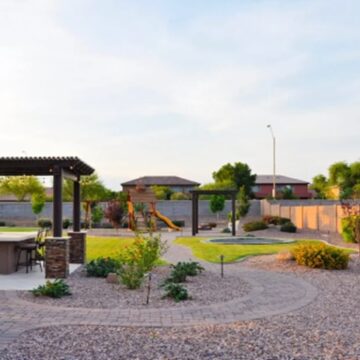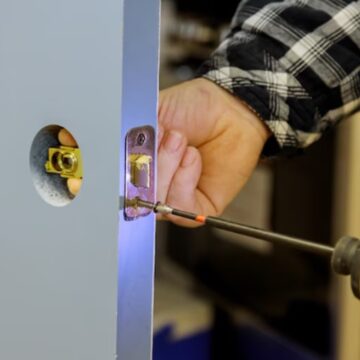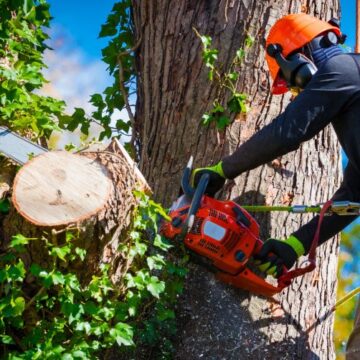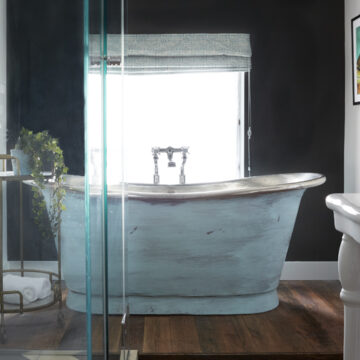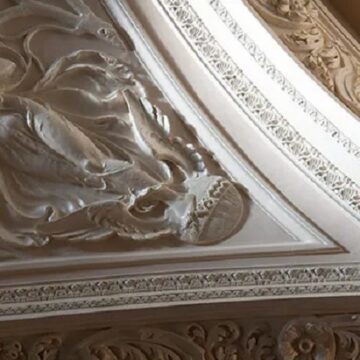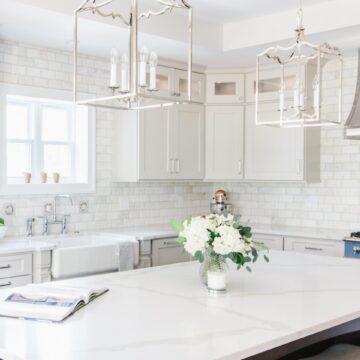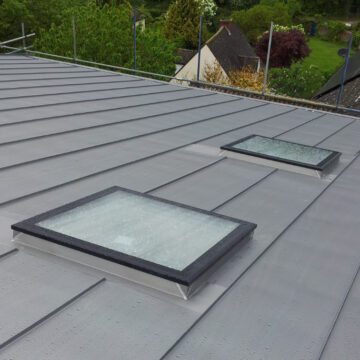Redwood, as a municipality in the state of California, possesses its own requirements as to what guidelines should be adhered to in the construction of an ADU in the City. However, these guidelines are not utterly disjointed and are in total conformity with the state’s regulations; the City’s requirements as per lot size, type (although only a limited number of ADU structures are permitted to be erected in Redwood, and it permits only single family dwellings, in terms of lot size) and a couple other factors will be weighed up in this article. To begin with, the maximum size assigned to your Redwood ADU is, to a large extent, determined by the sort of adus campbell you choose to construct. What this implies in essence is that, the standard size of a detached ADU on your property will most likely have some discrepancies when juxtaposed with the maximum size of an attached ADU on your land. In Redwood, the three major types of ADUs allowed are detached ADUs, attached ADUs and JADUs, and will be elaborated upon in subsequent paragraphs of this article.
What is expected of you by law?
In general, if your land is zoned for residential use, you may have an ADU, however exclusions may apply. Furthermore, you must have an existing or prospective single-family dwelling or a multi-family structure on your site (which is only a rather versatile synonym applies for the words: duplex, triplex, or other type of apartment).
According to Redwood legislation, the maximum required setback from the rear and side property lines for a detached new construction Accessory Dwelling Unit (ADU) is 4 feet. Setbacks will not be needed for Accessory Dwelling Units (ADUs) and Junior Accessory Dwelling Units (JADUs) converted from lawfully established existing space. Attached Accessory Dwelling Units (ADUs) and conversions from existing space to be extended will be needed to adhere to the underlying zone’s setbacks. Acton ADU have an impressive track record in complying with the state rules and as such, deliver some of the best ADUs and pre-approved plans for the state.
JADUs
JADUs are structures that typically involve the transforming of a portion of a single-family home into a new living unit that is no larger than 500 square feet and could even share a bathroom with the main house.
A JADU is made by adding a tiny kitchen and an outdoor entrance to an existing single-family home. It may have its own bathroom or share one with the main house. JADUs are permitted in any zoning district that permits a single-family house. JADUs may be hired for lengthy periods of time but cannot be rented for short periods of time.
Detached ADUs
Detached ADUs are backyard cottages that are separate from any other building on the land. Detached ADUs are ideal for renters who want to keep their privacy or for families that want to live independently on a property. Because these apartments stand apart from the main home on their own open space, new construction tends to be simpler – not reliant on the quality or condition of the principal residence or garage.
Attached ADU
An attached ADU is located inside or immediately linked to an existing or projected principal residence or its attached garage, and shares a wall and/or other conditioned space. This may involve converting an existing approved living area into an ADU, modifying an existing permitted living space into an acton adu, adding square footage or an extra storey to the principal house or its associated garage to create ADUs.








